Assessing the state of MLB in the 8th year of Rob Manfred's tenure
When MLB commissioner Rob Manfred walked to the podium to announce the first overall pick at the draft Sunday, some in the Los Angeles crowd booed. While most commissioners get that kind of treatment, Manfred's public approval has taken a hit recently because of missteps and controversy.
He called the World Series trophy "a piece of metal." No players were disciplined in Houston Astros' sign-stealing scandal. Last season, MLB used two kinds of balls with different characteristics without telling anyone. Under Manfred's stewardship, MLB leveraged control of the minor leagues and cut 42 teams, an unpopular decision (though likely a rational business one). MLB recently agreed to settle a class-action lawsuit over minor-league wage violations for $185 million, and Manfred said Tuesday he "rejected the premise that (minor leaguers) are not paid a living wage." Class A players receive only $500 a week for their seasonal work, although MLB owners were to begin providing housing to most players this year.
Manfred was also the face of the owners' side of a lengthy offseason lockout that pushed the sport to the brink of losing regular-season games. Unlike the 1994-95 strike, when most of the public blamed players, polling found more fans pointed their fingers at ownership this time. Manfred may have helped owners win the labor negotiation, but they didn't win the public relations battle. And that PR failure may have bled over to the regular season - Manfred had to explain this summer that, no, he does not hate baseball.
It's a long list of communication errors and unpopular decisions. However, putting the tone-deafness aside, where does the game stand in the middle of Manfred's eighth season in charge? Does he grasp the challenges the game faces and does he have plans to address them? What parts of his performance can we objectively measure? What might his bosses - the owners - consider when they evaluate him?
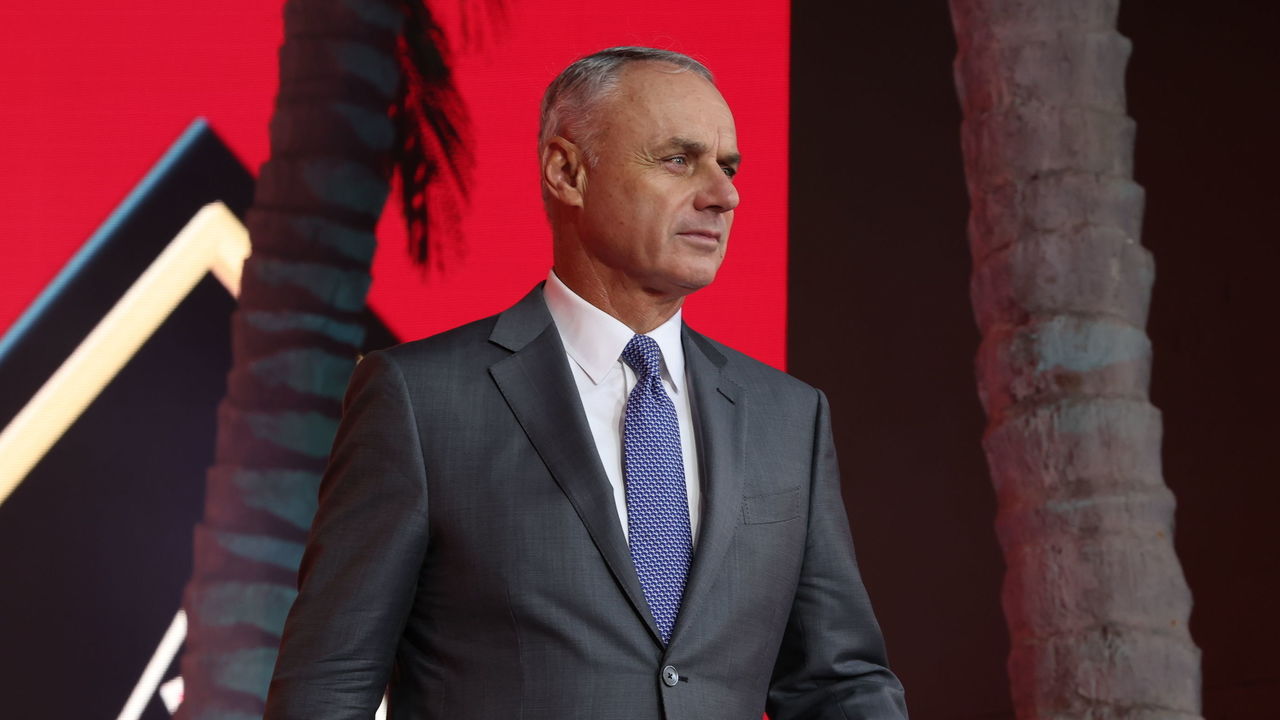
Attendance
MLB, like all entertainment businesses, is trying to grow revenues and add new fans. One big problem: its paying customer base is shrinking unlike other sports.
MLB's on pace for its worst attendance season in a year not dramatically affected by COVID since 1995 and 1996, when the sport was coming out of a damaging strike.
MLB attendance peaked in 2007 and has been gradually declining since, and that drop has accelerated in recent years.
From 2007-19, attendance declined by about 1% per year on average, and 14% total. But compared to 2019, the last full season without COVID restrictions, attendance is down 7.5% this year.
At the moment, attendance per game is down 13.6% since Manfred's first full year in 2015.
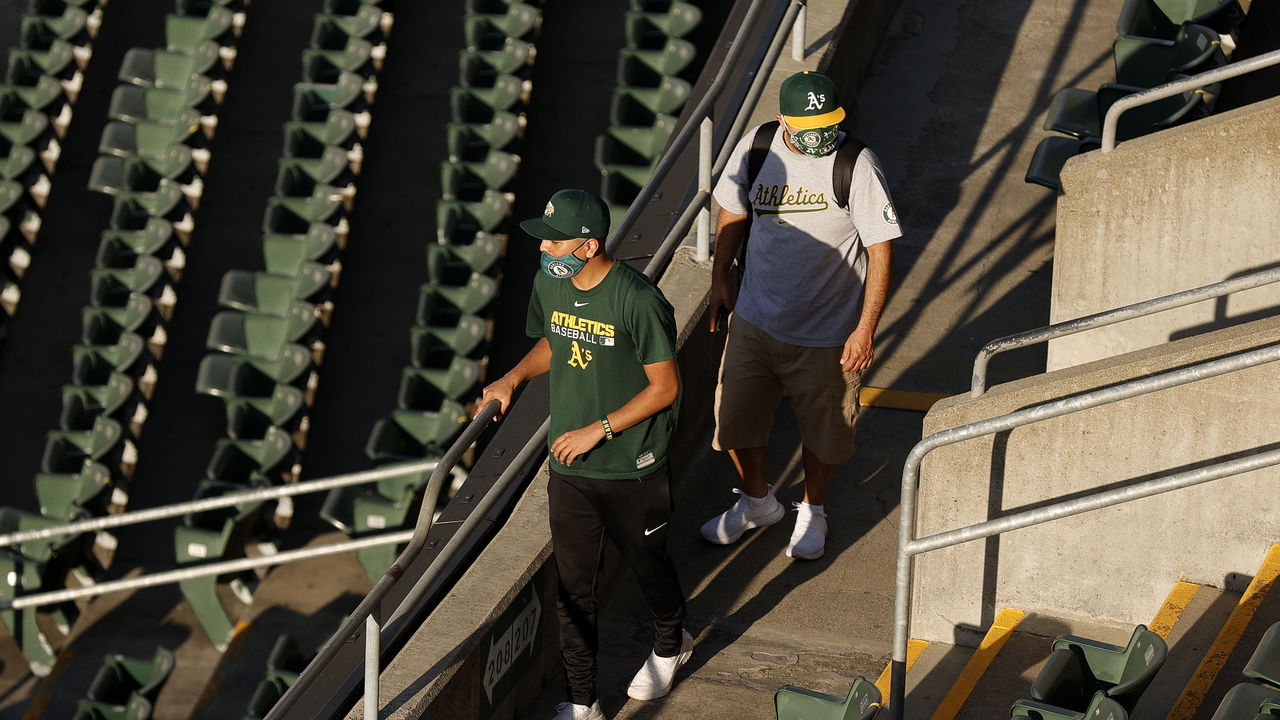
There don't seem to be second-half attendance spikes happening, either.
From 2010-2019, end-of-season MLB attendance finished 4.4% better than March/April numbers. This year, attendance is up only 0.8% on the season compared to April. Soon, kids will be back in school and more teams will be out of playoff chases.
Another way of looking at this: MLB lost 11 million in-person paying fans from 2007 to 2019, and stands to lose another five million compared to 2019 if the average holds. MLB's on pace to draw 63.4 million fans this year, which would be the lowest mark since 1997 (63.1 million).
It would mark a 20% decline from the peak of 2007 - a staggering dip.
Conversely, the NFL set an attendance record last year, powered by new stadiums in L.A. and Las Vegas. NBA attendance was slightly down last season but is generally increasing. NHL attendance was down, too, but the sport doesn't have MLB's longer-term decline.
Some may point to lingering pandemic fears still influencing the gate, but mall foot traffic exceeded pre-pandemic levels last summer, suggesting those fears aren't an issue, especially since most games are played outdoors.
Inflation could be a culprit, especially with walk-up figures. Whatever the reason or reasons, the trend line is concerning.
What's also troubling is that youth participation - the future fans and future paying customers, a group Manfred's focused on with some well-meaning initiatives - in the sport is also declining.
MLB needs more fans, younger fans, and in a hurry. Instead, declines are only increasing.
Media deals
While MLB owners still enjoy tens of millions of dollars that enter their coffers each year from media deals, it's not exactly difficult to sign such contracts, not with media companies scrambling to grow subscriptions and audience. It's a golden period to sell sports rights. Live sports are one of the few remaining appointment TV genres.
What matters more is that MLB is losing relative ground.
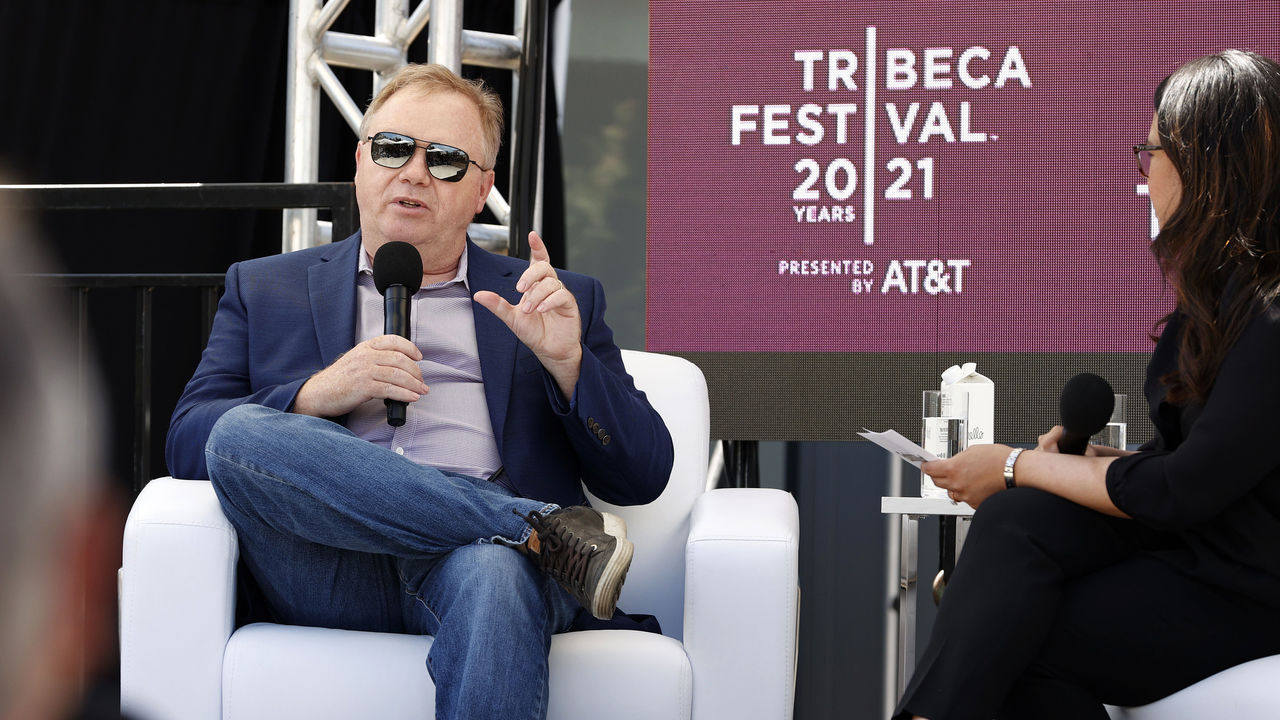
The NBA has surpassed baseball in terms of total national TV rights, and that gap will almost certainly widen when the league's two primary rights contracts come up for bidding after the 2024-25 season.
Moreover, the NBA's 2021-22 season revenues reportedly hit $10 billion for the first time, threatening to overtake MLB as the No. 2 revenue sport in North America, which would be a first. The NBA also enjoys a younger fan base - MLB's is the oldest among North American sports - and dwarfs MLB with its social media following, another forward growth indicator.
And while MLB signed new deals with ESPN, Apple TV, and NBC's Peacock totaling $665 million per year over the winter, that combined figure is less than MLB's previous deal with ESPN ($700 million) and covers the same volume of live content. ESPN cut its live baseball broadcast count by 60%.
In an era of huge demand for content from traditional cable operators and new streamers, MLB lost per-year revenue on some of its content deals.
Put simply: Baseball is becoming less popular nationally. TV ratings can be strong in certain local markets, but national events like the All-Star Game and World Series are at or near record lows in recent years.
Something inspired, however, is MLB's pivot to streaming. In many ways, MLB is the leader here among North American sports.
Yes, there are legitimate complaints about the number of streaming services needed to watch all games this year, and hopefully there is consolidation in the short term, but there's little doubt streaming is the future.
According to Nielsen, cable viewing hours were down 7.1% in May 2022 compared to a year earlier, and cable's already shed tens of millions of viewers, declining from a peak of 100.5 million subscribers at the end of 2013 to 74 million at the end of last year. Manfred is very aware and vocal about the challenges MLB's regional sports networks partners are facing.
Meanwhile, streaming hours increased to 32% of total TV time between May 2021 and 2022, up from 26%.
Game play
Part of baseball's popularity decline is likely tied to how it's currently played: less action, and fewer balls put in play.
MLB is acutely aware of these issues. It implemented some measures to counter them and is testing other potential remedies in the minors.
Banning defensive shifts might not produce the results some are hoping for, but left-handed batters are hitting .210 on grounders this year after hitting .231 in 2017 and 2008. MLB is testing shift bans in the minor leagues.
In part to try and create more action and more balls in play, MLB began policing pitchers' use of sticky stuff last year, with an eye on reducing strikeout rates (which are down a percentage point this year).
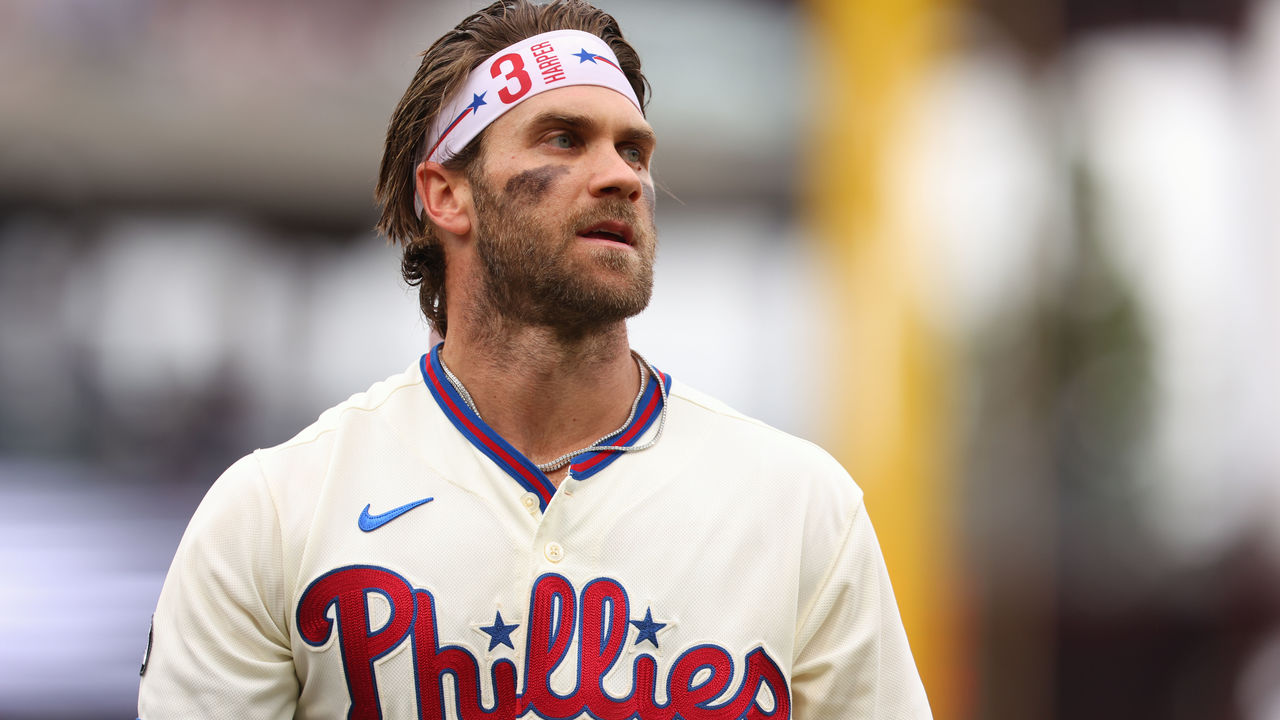
Rather than implementing significant changes on a whim, Manfred is generally seeking data to guide decisions. Maybe a shift ban isn't the answer, but at the very least, Manfred's aware of the issue and is willing to consider radical solutions.
Pace
Perhaps the greatest issue for growing the watchability of the game is its slowing pace. Of the eight seasons in which games have averaged three hours or more, seven have occurred under Manfred's watch.
Under Manfred, mound visits are now limited and pitchers must face at least three batters or complete an inning, but those tweaks have had only a modest effect.
Frankly, the sport's been too slow to address this key issue in a meaningful way.
For instance, back in 2014 as a beat reporter, every time a batter stepped out of the box during a 3-hour and 37-minute nine-inning Cardinals-Pirates game, I started a stopwatch. I stopped it when they stepped back in. Batters combined to spend 39 minutes and 51 seconds outside the box that day. It's a huge dead-time problem, and a well known one.
The league could do much more to speed up games, like keep batters in the batter's box. MLB and the players' union agreed to do that early in 2015, Manfred's first full season, and it had an effect, reducing the seconds between pitches. Perplexingly, enforcement was dropped after a few months.
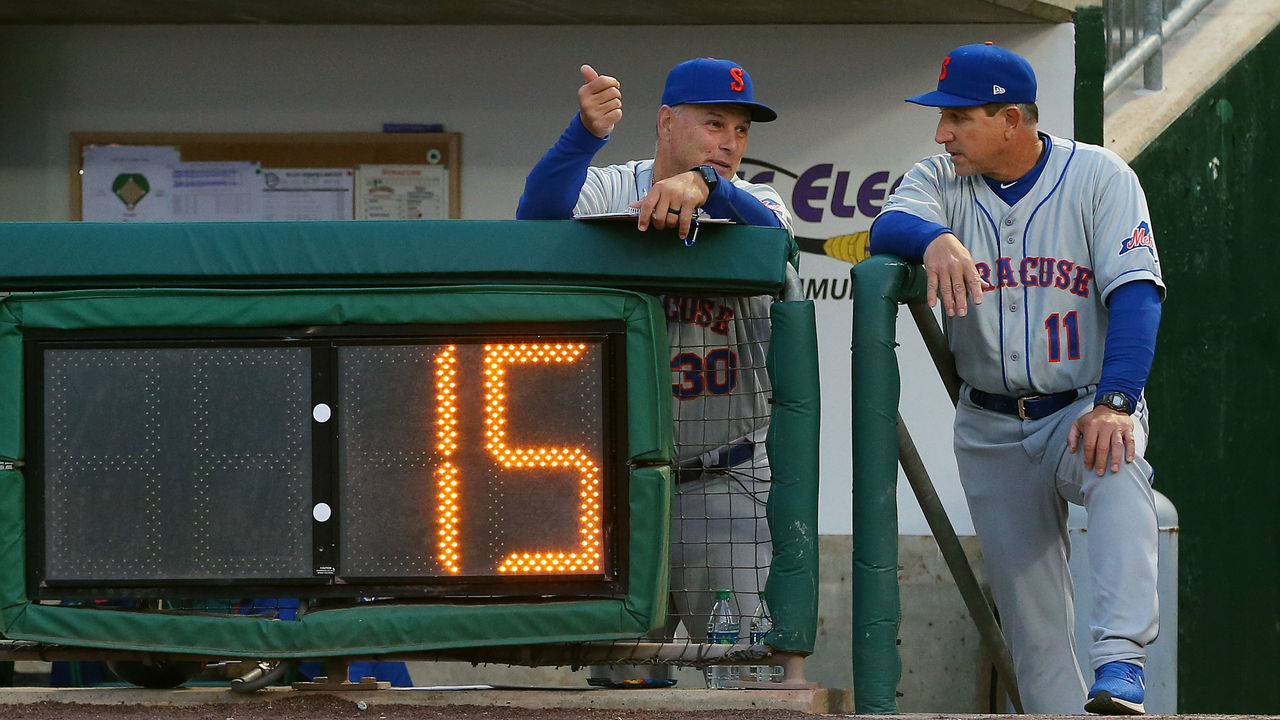
To its credit, MLB is experimenting with pitch clocks in the minors and seems likely to implement them in the majors.
Society and technology are moving faster, attention spans and focus are constantly being tested, and baseball is moving slower. This must be rectified soon.
Balance of power
In 1995 and 1996, the last years before the competitive balance tax, the top five MLB payrolls were a combined 2.4 times and 2.5 times greater than the lowest five, respectively.
In 2010, the gap was 3.3 times. It grew to 3.6 times in 2021. The 2022 season began with a new CBA and a gap that's grown to 4.9 times, according to Baseball Cube.
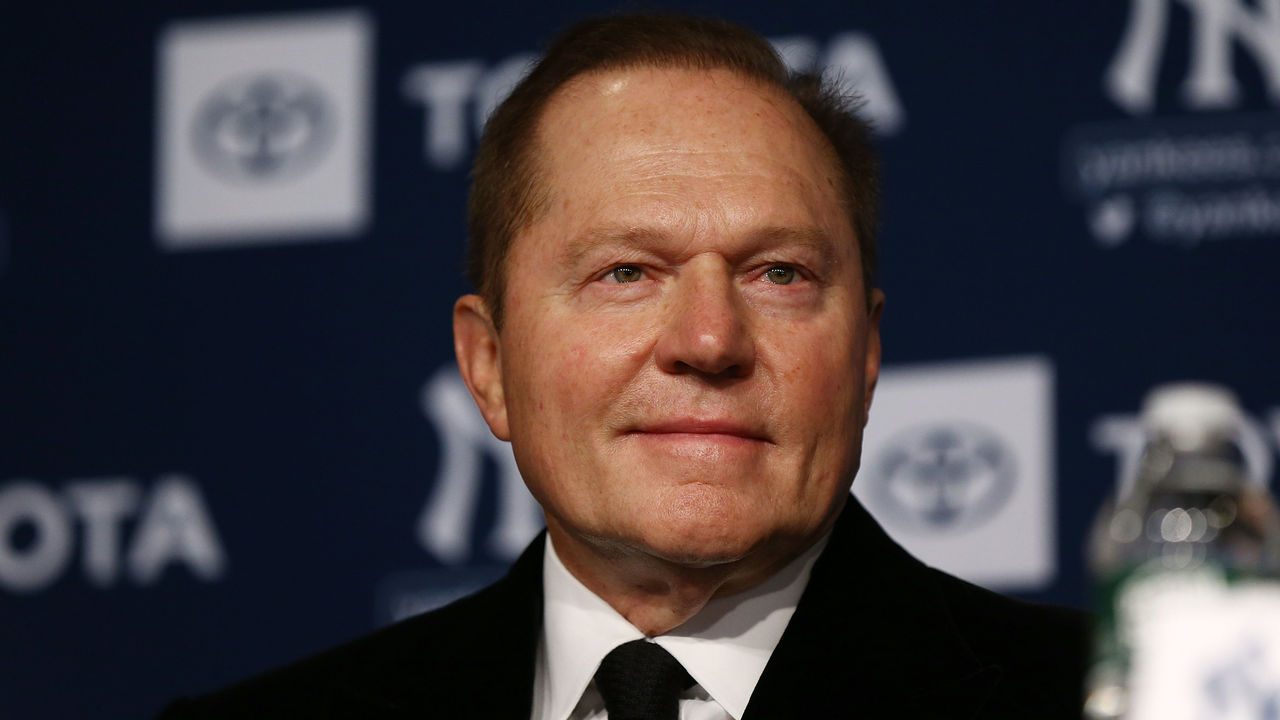
The divide between rich and poor clubs is growing. A team taking the field against another that's spending five times more on payroll is not good for the game.
Organizations like the Cincinnati Reds and Oakland A's dismantled competitive teams this past offseason. Cincinnati's owner's son asked fans: "Where are you going to go?" Many small-market fans feel like their clubs are farm teams for major markets.
Manfred - any commissioner, really - has limited power in creating an optimal economic system to the grow the game, especially when the MLBPA opposes a cap-and-floor system. But he seems to accept the wide power disparity, describing baseball as a regional sport.
More Manfred on the Braves name: "We don’t market our game on a nationwide basis. Ours is an everyday game. You’ve gotta sell tickets every single day to the fans in that market. And there are all sorts of differences between the regions in terms of how the teams are marketed.”
— Chelsea Janes (@chelsea_janes) October 26,2021
Is the national pastime now a regional one?
The NFL and NBA have cap-and-floor systems and are pulling away from MLB in a number of popularity measures. Football and basketball are viewed as being played on more equal footing. Even though wins and payroll are weakly correlated in baseball, there's a real perception problem with MLB and its payroll disparity.
The state of MLB leaves much to be desired. While one person, even a commissioner, can only influence so much change, the down arrows are troubling. Baseball's audience must stop shrinking - the sport otherwise risks moving more towards niche status.
An effective leader must identify the correct course, persuade, build consensus, and make real change. Is enough of that happening? Is Manfred the man to lead baseball into the future? Owners need a steward who can help the sport grow, and they'll have to decide relatively soon who that ought to be.
Travis Sawchik is theScore's senior baseball writer.